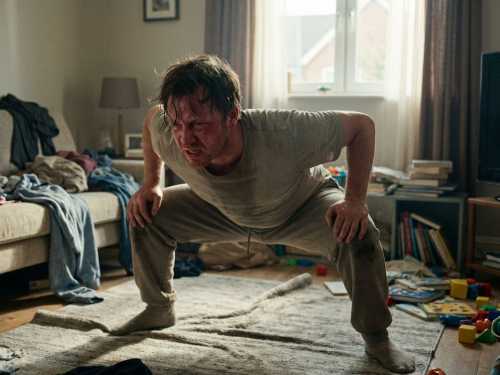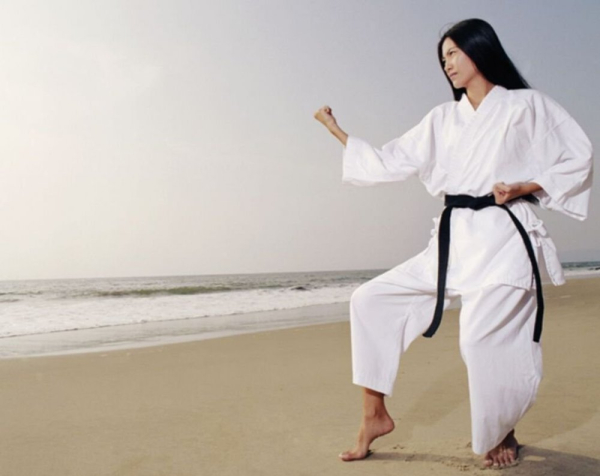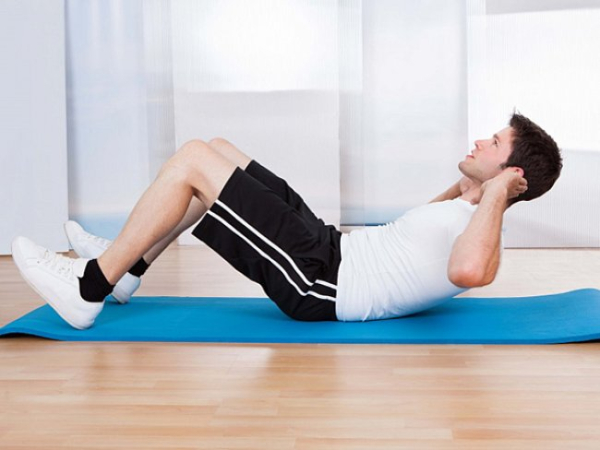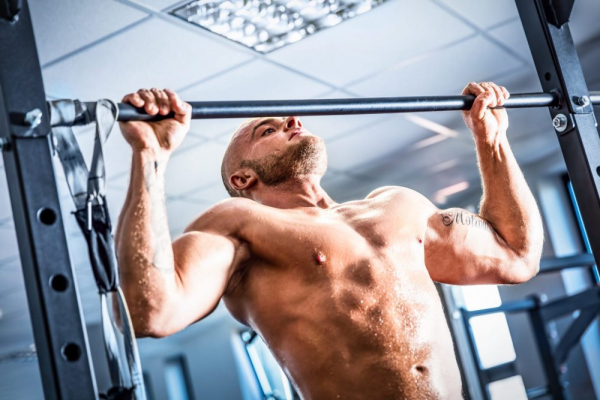
Mabu, Kibadachi or “horseman's stance” is a legendary stance or stance in martial arts. Wushu fighters from the Shaolin Monastery use this stance as their most important basic element. When I was a teenager in wushu classes, we “enjoyed” the excruciating pain of this stance in every training session.
This position is also practiced by karate, kung fu and many other martial arts fighters. It can be assumed that for a real fight such a low position with an open head is not very convenient and effective. And indeed we will not often see such techniques, say, in the ring during MMA competitions.
Why is this stance so widely practiced in the East, including in healing or energy fields such as Tai Chi Chuan? Because it is an exercise that improves the physical fitness of a fighter or just a person: strength, endurance, flexibility, health. This same exercise is also recommended by Chinese medicine for health purposes.
Let's try to understand what the advantages of this exercise are.
1. You are loading many muscle groups at once: core muscles, glutes, thighs, and many postural muscles responsible for posture.
2. Since you can adjust the depth of the stance, you can flexibly change the load. This allows you to strengthen your legs with less impact than when running or jumping.
However, if you already have knee problems (pain in the joint, not the muscles), be extremely careful. This exercise creates significant static load (compression) and can worsen the condition if done incorrectly. Start with a high stance and don't tolerate joint pain.
3. It is believed that exercise can help strengthen the ligaments and joints of the lower body by improving blood circulation without working with heavy weights.
4. As blood flow in the pelvic area increases, it has a positive effect on the reproductive system and all organs in the pelvic cavity.
5. When performed correctly, the inner surfaces of the thigh and groin muscles are stretched, the tailor muscles are developed, and the flexibility of the hip joint increases.
6. Exercise causes strong muscle acidification, which means that oxidative muscle fibers work and the endurance of the leg muscles significantly increases.
7. Exercise strengthens willpower like no other movement, the sensations are simply incredible!
8. Finally, while static exercises burn fewer calories than dynamic ones, the intensity of the sensations per minute in this stand is quite comparable to doing a good set of squats. It's definitely better than lying on the couch.
What effect will you get in 30 days of performing this movement?
1. Within a month, you will notice improved flexibility in the hip joint.
2. The endurance of the leg muscles will be noticeably increased.
3. Posture will improve (provided the correct technique is used).
4. The tone of the muscles of the legs, buttocks and core muscles will increase.
5. You won't build big leg muscles, but you can strengthen your legs without using iron.
6. All this with minimal time, investment, gym, and equipment. If you supplement the exercises with at least push-ups, squats, and lunges with your own weight, the effect will be even greater.
7. If you want to sit in a transverse split or lotus pose, this exercise will be an excellent preparation for stretching, increasing its effectiveness several times!
Technique for performing the mabu or kibadachi stance
Our goal is to reach 5 minutes a day. It is not necessary to stand the whole time at once. For a beginner, this is almost impossible. You can break this time into several approaches (for example, 5 times for 1 minute) and gradually increase the duration of each.
1. Place one foot three feet apart.
2. Keep the body perpendicular to the ground and do not tilt it forward or backward.
3. Place your feet strictly parallel to each other – this is the classic option. However, for beginners who still do not have enough flexibility in their hip joints, it is better to turn your toes slightly outwards to protect your knees.
4. Most importantly: your knees should face the same direction as your toes. Never let them “fall” inward, as this can cause injury.
5. Keep your hips low if your joint flexibility allows. If that's not possible, start with a higher stance.
6. Try not to pull your glutes back, creating a bend in your lower back. This is very important: you need to “twist” your pelvis forward a little (pull your pubic bone towards you and your tailbone down) so that your back remains flat. If you stand with a bend in your lower back, then in a month you may have back pain.
7. Breathing plays an important role, try to relax your muscles and “breathe with your belly” by practicing deep or lower breathing.
Джерело: ukr.media






